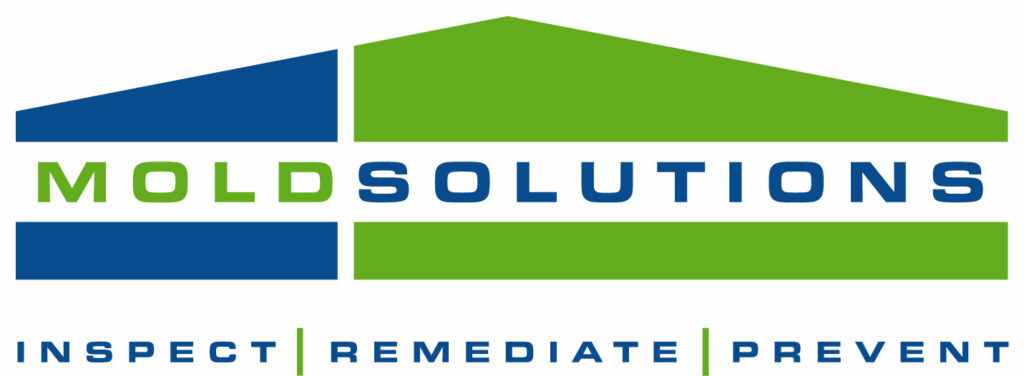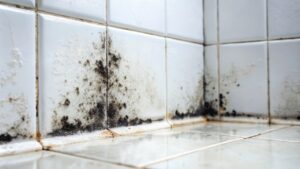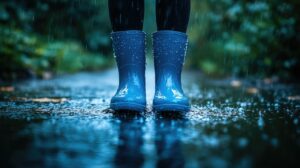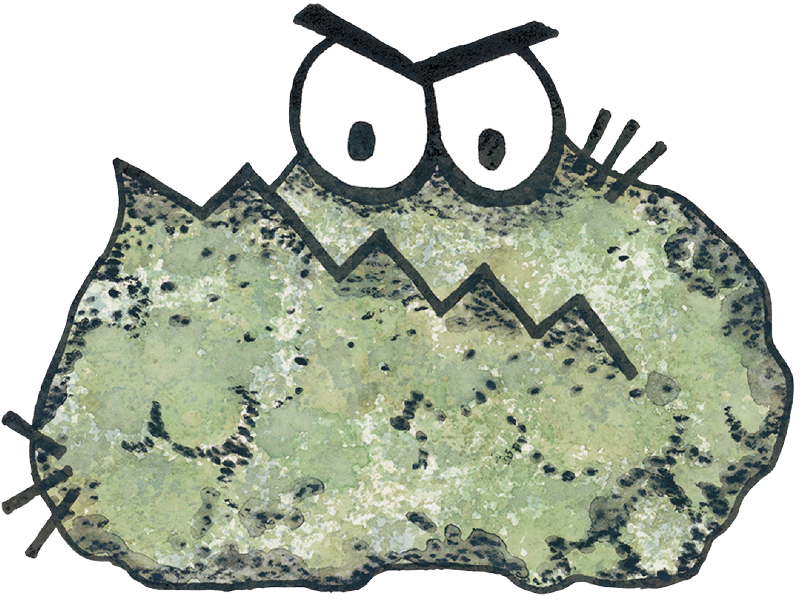When it comes to mold in the home, not everyone experiences the same symptoms or severity of illness. Kids and seniors are especially vulnerable to the health risks associated with mold exposure. That’s why it’s so important for families to understand the dangers mold can pose—and to take steps to prevent and remove it when it appears.
Why Mold Is More Dangerous for Children
Children’s bodies are still developing, and their immune systems are not yet as strong or as capable of fighting off environmental hazards as an adult’s. Because kids breathe more rapidly than adults, they also inhale more airborne mold spores relative to their body size.
Common symptoms of mold exposure in children include:
- Persistent coughing or sneezing
- Runny or stuffy nose
- Itchy, watery eyes
- Skin rashes
- Asthma flare-ups or development of asthma
- Fatigue or difficulty concentrating
In some cases, children exposed to mold over time may develop chronic respiratory issues or allergic reactions that last even after the mold is removed.
How Mold Affects Seniors
As we age, our immune systems become less efficient, and seniors may also have preexisting conditions—such as COPD, asthma, or heart disease—that mold exposure can worsen. Seniors are also more likely to spend time indoors, increasing their risk of prolonged exposure to indoor mold.
Health effects of mold exposure in seniors may include:
- Difficulty breathing
- Increased allergy symptoms
- Respiratory infections
- Sinus congestion
- Joint pain or headaches
- Dizziness or confusion
For elderly individuals with weakened immune systems, mold exposure can also lead to serious complications, including fungal infections that may require medical intervention.
Where Mold Hides in the Home
Mold thrives in damp, dark areas. Common hiding spots include:
- Bathrooms, especially around tubs and showers
- Basements and crawlspaces
- Around leaky windows or under sinks
- Inside HVAC systems
- Behind wallpaper or drywall
Even a small water leak can lead to mold growth in as little as 24-48 hours. That’s why regular inspections and prompt repairs are key.
Protecting Your Loved Ones
Here’s how to protect kids and seniors from mold-related health issues:
- Fix leaks immediately and control humidity levels (aim for under 60%)
- Use exhaust fans in bathrooms and kitchens
- Clean and dry damp or wet areas within 24 hours
- Remove visible mold using safe, professional methods
- Consider a mold inspection if you smell mustiness or suspect hidden mold
If mold is found, it’s best to work with a certified mold remediation specialist who understands how to properly contain and remove the problem without spreading spores to other areas.
Mold doesn’t just look bad—it can have a serious impact on your family’s health. When children or elderly family members are involved, taking mold seriously isn’t just important—it’s essential. Prevention and early action are the best defenses to keep your home healthy and safe for everyone.
Mold exposure is a serious concern, especially for children and seniors who are more susceptible to its health effects. From respiratory issues to worsened chronic conditions, the risks are too important to ignore. If you suspect mold in your home or want peace of mind through a professional inspection, contact us today. Our certified team is here to help you create a healthier, safer living environment for your entire family.








